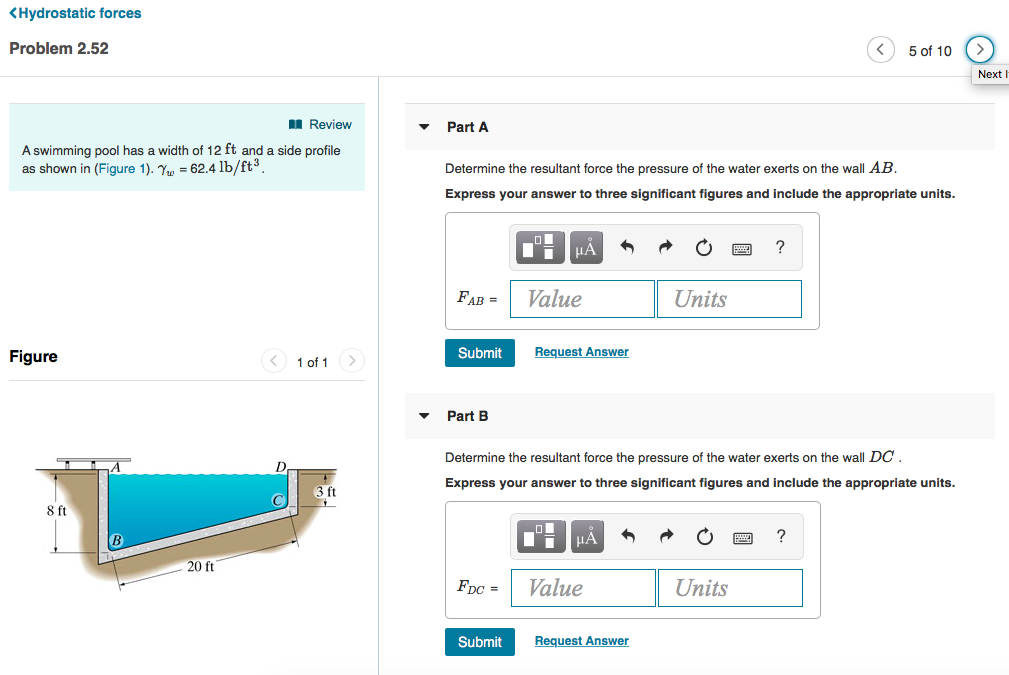



This loading condition can also be used to calculate the behaviour of a tank floor, or a panel thereof, using the '4 SIDES FIXED' calculation option. This pressure is assumed to be equal all over the face of the plate. The fluid force per unit area is the pressure ( p)⁽¹⁾ you enter in the walls calculator for a 'uniform' loading condition. The loading conditions ( Fig 2) considered in the walls calculator are as follows: Uniform Load (wind or waves)Īir (wind) or water travelling at the wall at a constant speed. Where: 't' is the plate thickness and 'M' is the bending moment due to the environmental loadįig 2. The bending stress is therefore σ = 6.M/t² (from M/I = σ/y)

The second moment of area of a unit width of a plate I = t³÷12 The pressure on the wall decreases linearly from a maximum value at its base to zero at the surface of the liquid, which is coincident with the top of the wall. Containment WallsĪ containment wall is a 2-D vertical plate intended to hold a liquid the full depth of its height. Protective WallsĪ protective wall is a 2-D vertical plate intended to resist wind or water pressure that is equal all over its surface. The variables that determine the properties of a material are its Poisson's ratio (ν) and its Young's modulus (E). The material from which a wall is manufactured will determine its ability to resist an applied load, in terms of both stress and deflection. DimensionsĪ wall is rectangular with a dimensional ratio of 'width:height' that can be anything between 0 and 10 Materials a box)įig 1 shows some examples of a wall with 3 edges fixed. The plate width is the horizontal distance between its vertical stiffeners or edges and its height is the vertical distance between its footings and its upper rim.Ĭ) a change in direction of the wall (e.g. The other three edges may be fixed or free to deform under load.Įdge stiffeners constitute the outer limits of the wall width or height, each of which requires a minimum rigidity (second moment of area) in order to prevent a specified displacement rate (δy). The bottom edge of the wall or barrier is always fixed.


 0 kommentar(er)
0 kommentar(er)
